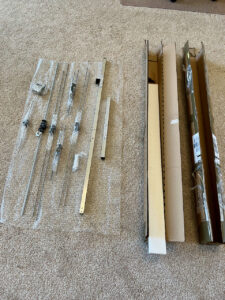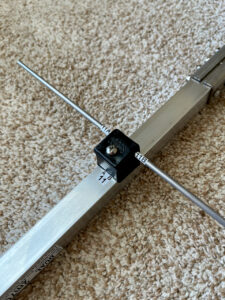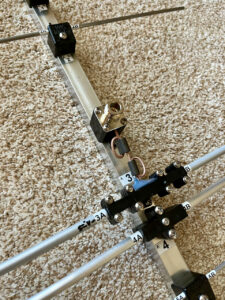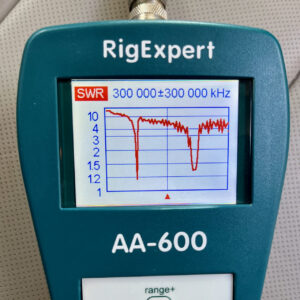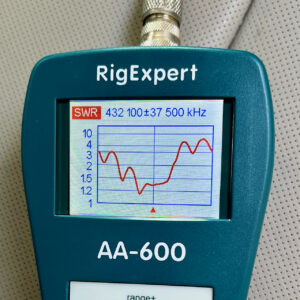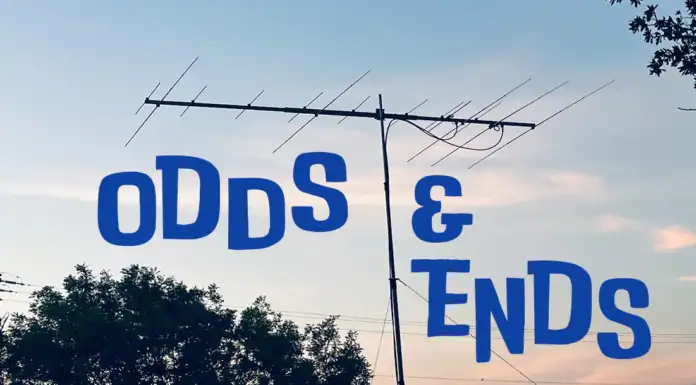You may have read about my recent experience in the CQ WW VHF Contest in the Hilltopper category. I was surprised by the amount of activity I captured with my 10 watts and the fun I had during the contest. Hopefully, my score will place me high in the results, making me even happier!
As a result, I’ve started planning for the ARRL September Contest with a Single-Operator Portable entry. While the CQ VHF is a two-band contest, the ARRL VHF covers all bands above 50 MHz. Yet, looking over the previous results, I see that most of the portable entries ran 50, 144, and 432. So, I need antennas that cover those bands and are suitable for portable operation.
Antennas-Amplifiers Dual Band 2m/70cm Antenna
That search led me to the dual-band antennas by Antennas-Amplifiers. Since I already have an excellent M2 3-element Yagi for 6 meters, I needed something for 2 meters and 70 centimeters. I selected their 2m70cm13WA. It has a 5-foot boom and weighs 2.2 lbs, with a gain of 10.3 dBi on 2m and 12.5 dBi on 70cm. It also has a combined feed point perfect for the IC-7100’s HF/6 and 144/432 outputs. That means one cable for 6 meters and one for the combined 144/432 antenna.
IC-7100 can also set power levels independently across 50, 144, and 432. This helps to assure a 10-watt maximum output, even though the rig’s maximum outputs vary considerably: 50 = 100 watts, 144 = 50 watts, 432 = 35 watts. Each is adjustable and holds that power level when switching between bands. I also use two Diamond wattmeters to monitor power out: SX20C for 6 meters and SX40C for 2/70cm.
Antenna Shipment and Assembly
I ordered the antenna on August 15. They build and test the antenna when it’s ordered. It was shipped from Belgrade, Serbia, on August 19 and arrived on my doorstep on August 23. It was extremely well-packed. The assembly instructions were sent via email when I ordered the antenna.
Assembly is literally by the numbers. See the nearby photo of the number for the element’s position and the letters for right and left orientation. The insulators fit perfectly with the boom. I do recommend that you back out the screw on the insulator, line up the insulator on the boom, press to mate them, then turn the screw to tighten. This ensures a snug fit for the insulator against the boom.
Another big plus is that everything is pre-tuned. No tuning is necessary or possible with this antenna. The nearby photos show the SWR match for both bands.
Testing and Operation
I’ve tested the resonance with a Rigexpert AA-600 (see the images), elevating the antenna with a painter pole.
I’m looking forward to running portable with this great antenna. Let’s hope there is some excellent activity in the September VHF Contest here in Texas. See you on the air.

